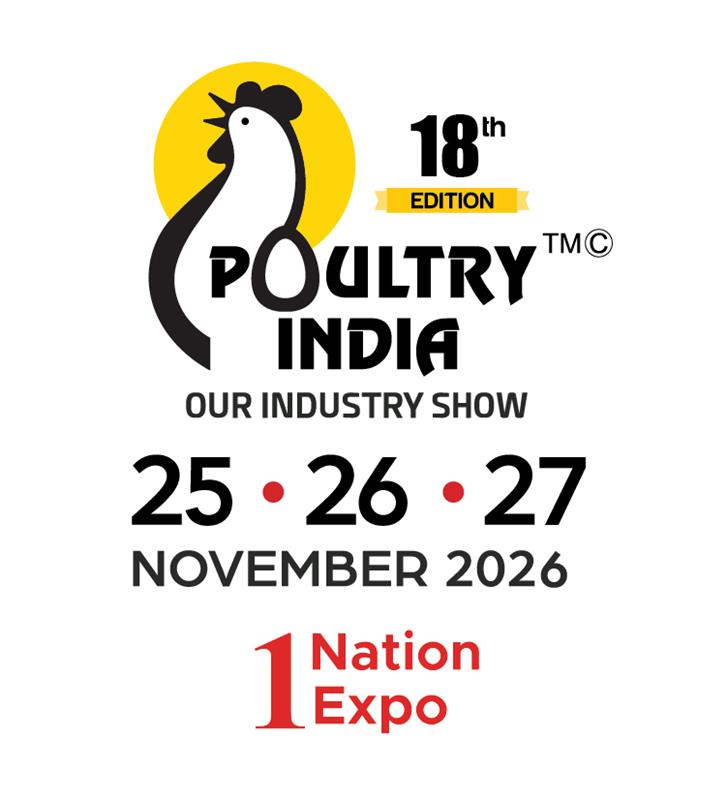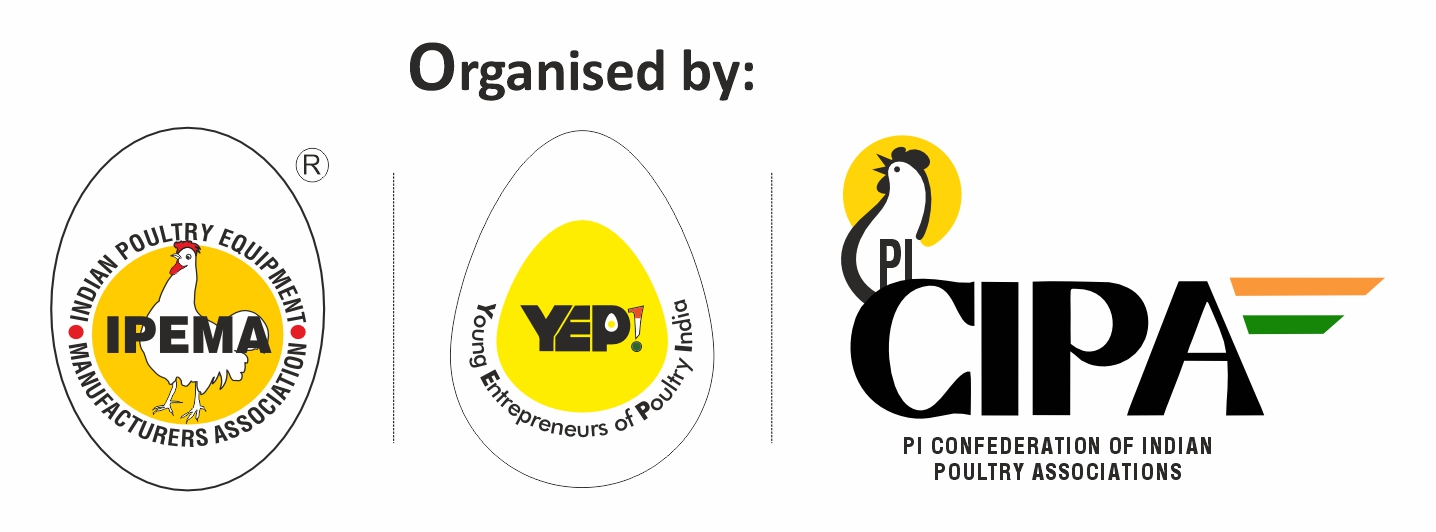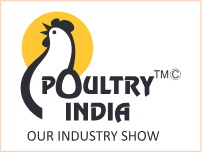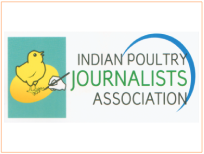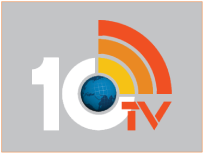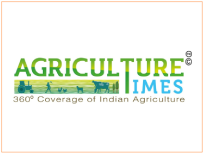Poultry Feed Crisis: Why Four Neighboring Countries Could Pose a Challenge to India’s Poultry Sector
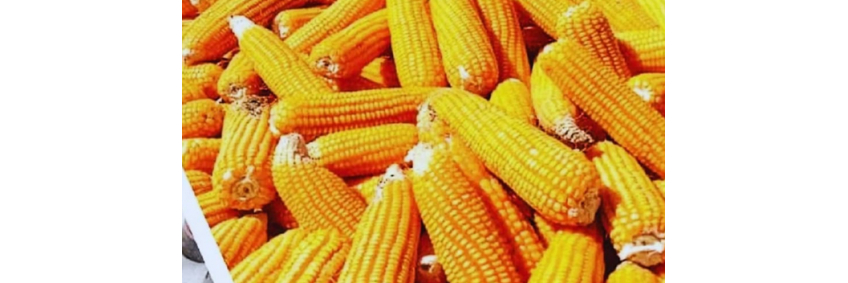
India’s poultry sector is facing a critical challenge due to rising feed costs and supply shortages—particularly of maize and soybean, which are essential components of poultry feed. Experts warn that neighboring countries like Nepal, Sri Lanka, Bangladesh, and Pakistan, which allow the import of genetically modified (GM) maize and soybean, could gain a competitive advantage over India if timely interventions are not made.
The Feed Supply Dilemma
Ricky Thapar, Joint Secretary of the Poultry Federation of India (PFI), emphasized in an interview with Kisan Tak that addressing feed-related challenges is essential for sustaining the growth of the poultry sector. He suggested that the Indian government should allow the import of GM maize and soybean to ease the supply crisis.
Thapar explained that feed costs have surged dramatically, making it increasingly difficult for poultry farmers to access quality feed at affordable prices. The primary culprits: limited domestic availability of maize and soybean, coupled with growing demand from multiple sectors.
Overview of India’s Poultry Sector
India is a global leader in poultry production:
- 2nd largest egg producer in the world
- 6th largest chicken meat producer
In the past year:
- India had approximately 300 million egg-laying hens
- About 5 billion broiler chickens were raised for meat
- 45 crore (450 million) breeder birds, and 30 million backyard birds were part of the poultry ecosystem
- The poultry sector consumed around 32 million tonnes of feed
Per capita consumption in India currently averages:
- 7.4 kg of meat
- 103 eggs per year
With a growing population and changing dietary patterns, demand is expected to continue rising.
Future Expectations and Growth Projections
- India’s population of 1.4 billion continues to grow, with increasing attention on food security
- Eggs and chicken have now found acceptance across a wide range of communities and households
By 2025-26, estimates suggest:
- 327 million egg-laying hens
- 5.5 billion broiler chickens
Feed requirements will rise to:
- 23.5 million tonnes of maize
- 7.3 million tonnes of soybean meal
The Central Role of Maize
Maize forms the backbone of poultry feed, contributing to over 70% of the feed composition. Its role is crucial not just for growth but also for enhancing the quality of eggs and meat. However, maize is now also being diverted to other sectors, notably:
- Ethanol production: ~17 million tonnes projected requirement
- Dairy sector: ~7.3 million tonnes
- Starch industry: Over 10 million tonnes
Projections for maize demand and production:
2025-26:
- Demand: 52 million tonnes
- Estimated production: 36 million tonnes
2030-31:
- Demand: 80 million tonnes
- Estimated production: 49 million tonnes
The gap between demand and supply is growing at an alarming rate, putting pressure on prices and threatening the sustainability of the poultry industry.
Conclusion
India’s poultry industry is at a crossroads. With maize making up the bulk of poultry feed, the rising demand from alternative sectors like ethanol and starch production has significantly inflated both demand and price. Unless structural policy changes—such as permitting the import of GM maize and soybean—are implemented, India risks falling behind its neighboring competitors who already have such provisions in place.
To ensure the long-term viability of the sector, urgent policy action, investment in feed production, and strategic import decisions will be crucial.
Courtesy: Nasir Hussain, New Delhi, July- Kisan Tak
